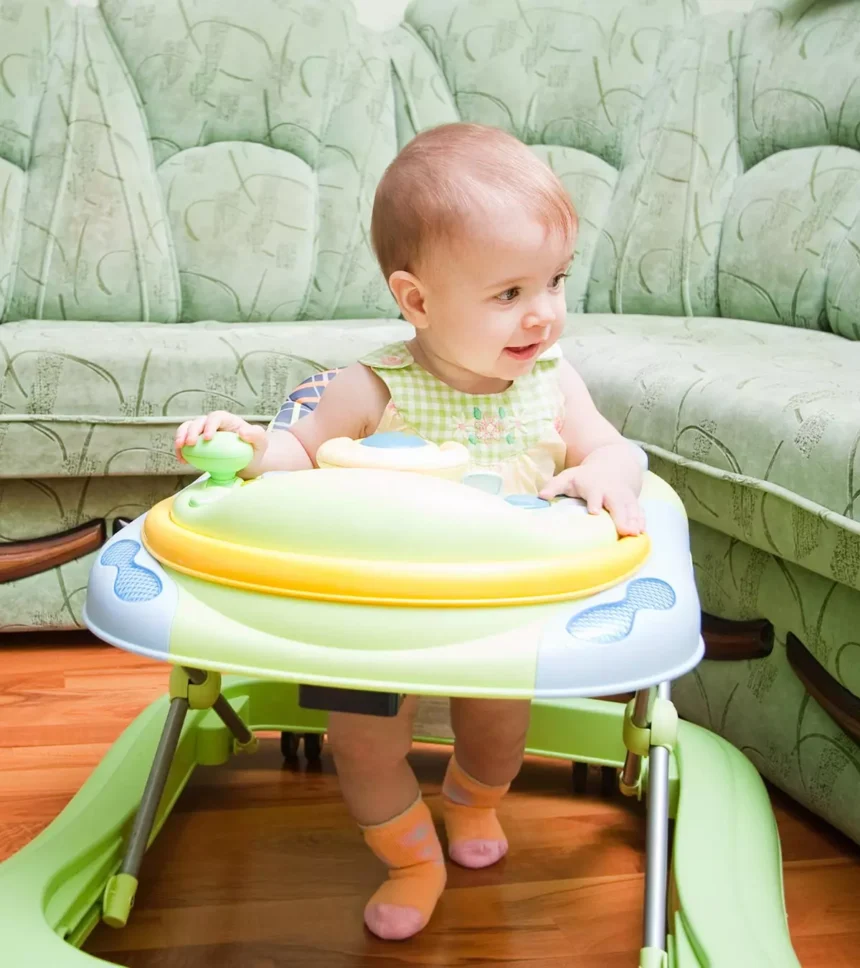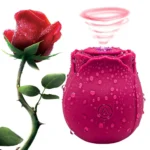Welcoming a new baby into your life is an exciting adventure filled with milestones and precious moments. One of those significant steps in their development is learning to walk. Baby walkers can be fantastic tools in this journey, providing support and encouragement as little ones take their first wobbly steps. However, using them comes with responsibilities that every parent should embrace.
Understanding how to care for your baby walker ensures not only its longevity but also the safety and happiness of your child during playtime. From choosing the right model to maintaining it properly, every step counts! Let’s dive into what you need to know about caring for your baby walker so that both you and your little explorer can enjoy this stage to the fullest!
The Importance of Baby Walkers
Baby walkers play a significant role in a child’s development. They provide an opportunity for babies to explore their surroundings while gaining confidence in their mobility.
As little ones learn to navigate, walkers help strengthen leg muscles and improve balance. This crucial stage sets the foundation for walking independently later on.
Additionally, baby walkers can stimulate cognitive growth by allowing children to interact with different toys and objects within reach. The bright colors and engaging features often captivate young minds, fostering curiosity.
Moreover, these devices encourage social interaction as babies observe family members or peers while they move about. This not only enhances physical skills but also builds emotional connections during playtime.
Incorporating a walker into your baby’s routine can be beneficial when used wisely and safely.
Safety Precautions when Using a Baby Walker
When using a baby walker, safety should be your top priority. Always supervise your little one while they’re in the walker. Even a moment of distraction can lead to accidents.
Ensure that the area is free from hazards. Remove sharp objects, cords, or anything that could pose a risk. Baby walkers are not designed for stairs; keep them away from staircases to prevent falls.
Check the walker’s construction before use. Make sure it’s sturdy and meets safety standards. Inspect wheels regularly for wear and tear to ensure smooth movement without tipping over.
Adjust the height properly as your baby grows. This ensures they can reach the ground comfortably while providing support during their exploration phase.
Educate older siblings about safe play around the walker too. Encouraging everyone to follow these guidelines fosters a safer environment for your curious toddler.
How to Choose the Right Baby Walker
Choosing the right baby walker requires careful consideration. Start by assessing your baby’s age and weight. Each model has specific weight limits, so ensure a good fit.
Next, think about the design. Some walkers have wheels for mobility, while others are stationary with toys attached. If space is limited at home, a foldable option might be best.
Safety features matter too. Look for sturdy construction and non-slip grips on the base to prevent tipping over. Check if it meets safety standards set by organizations like ASTM or CPSC.
Consider additional features like adjustable height settings and interactive toys that promote sensory development. These can enhance your baby’s experience while using the walker without compromising safety or comfort.
Setting Up and Adjusting the Baby Walker
Setting up a baby walker is a simple yet essential task. Start by choosing a flat, safe surface for your little one to explore. Avoid areas with stairs or hazards that could pose risks.
Next, unfold the walker according to the manufacturer’s instructions. Ensure all parts click into place securely. A sturdy setup guarantees safety during use.
Adjusting the height is crucial as your baby grows. Most walkers come with multiple height settings. Make sure it fits comfortably under their arms while allowing them to touch the ground easily.
Before letting your baby roam, check that wheels move smoothly and brakes function properly if applicable. This will enhance mobility and ensure they can navigate without difficulty.
Always do a quick inspection before each use, looking for any wear or damage on the walker itself. Keeping everything in top shape maximizes both fun and safety during those exciting exploration sessions!
Activities to Encourage while Using a Baby Walker
Encouraging your baby to engage with their walker can enhance their development. Start by creating a safe space filled with interesting toys. Colorful blocks, soft animals, and textured balls can captivate their attention.
You might also set up obstacle courses using cushions or pillows. This introduces gentle challenges that promote coordination and balance as they navigate around these objects.
Incorporate music into playtime too! Babies love rhythm, so playing cheerful tunes can motivate them to move while enjoying themselves.
Don’t forget to join in on the fun! Your involvement not only makes it enjoyable but also strengthens your bond. Mimic movement patterns and encourage your baby’s exploration of different directions.
Celebrate milestones together. Each little step is an achievement worth cheering for, fostering confidence in their newfound mobility skills.
Cleaning and Maintenance Tips for Your Baby Walker
Keeping your baby walker clean is essential for both hygiene and safety. Start by removing any fabric components, like seat covers, and wash them according to the manufacturer’s instructions. Most are machine washable but check before tossing them in.
For hard surfaces, use a mild detergent mixed with water. A soft cloth or sponge works best to wipe down all areas of the walker. Avoid harsh chemicals that can be harmful to your little one.
Don’t forget about the wheels! They can collect dirt and debris over time. Regularly inspect and clean them with a damp cloth to ensure smooth operation.
Check for wear and tear regularly. Look for loose screws or damaged parts that might need replacing. Keeping everything in tip-top shape will help you maintain its longevity while keeping your child safe during their walking adventures.
Alternatives to Traditional Baby Walkers
For parents seeking alternatives to traditional baby walkers, push toys can be an excellent choice. These sturdy options provide stability while encouraging little ones to practice walking skills at their own pace.
Another option is activity centers that allow babies to explore and play safely while standing. These devices engage children with various sensory experiences without the mobility risks associated with walkers.
If you prefer more interactive play, consider crawling mats or soft play areas. They promote gross motor development through movement in a safe environment.
Baby jumpers also offer a fun way for infants to build strength and coordination. While they don’t mimic walking directly, they support muscle development in preparation for those first steps.
Family bonding time is invaluable. Simply holding your child’s hands as they take tentative steps around the home fosters confidence and closeness while ensuring safety.
Conclusion
Caring for your baby walker is an essential part of ensuring a safe and fun experience for your little one. By prioritizing safety precautions, choosing the right model, and performing regular maintenance, you can create an environment where your child can explore their mobility with confidence. Encourage various activities to maximize developmental benefits while keeping things clean and well-maintained.
Explore alternatives if traditional walkers don’t suit your lifestyle or space needs. Remember that every baby’s journey is unique; adapting to what works best for them will always yield the greatest rewards in their growth and development. With thoughtful care, a baby walker can be a wonderful tool in guiding those first steps toward independence!


